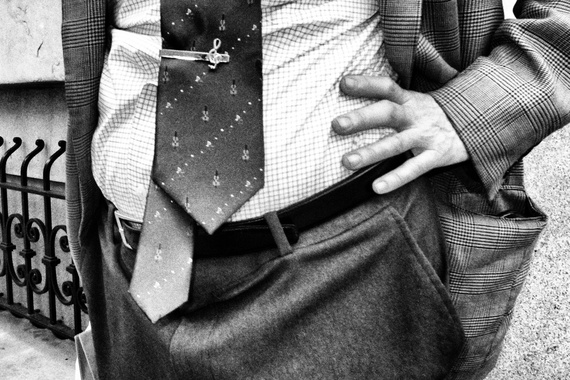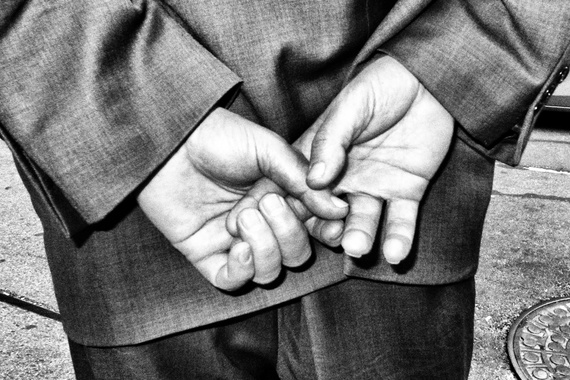Bit rot is a term that refers to the slow deterioration in the performance and integrity of data stored on various forms of storage media. It's a serious problem for pretty much anything that is digital or online etc. For example, it poses a huge threat to the wealth of information we have on the internet. However, one group of people who are particularly at risk are photographers. We store much of our work on hard drives, flash drives and even on CDs. All of these storage options are ripe for bit rot. Although we use fairly stable image formats - jpeg, tiff, raw etc. (compared to say music on CD or films on DVD) there is still the problem of the actual files degrading. Worst of all, we don't really know much about exactly how long these files will actually last before bit rot becomes a serious concern - we haven't had the technology long enough yet. Want to hedge your bets? Print your photographs!
The photographic print (printed on quality papers with good inks) is capable of easily lasting 100 years and potentially a lot longer. Of course there are a lot of factors involved here, but we know about them - we know how to store paper and control humidity and so on. Furthermore, paper can be scanned and reprinted (at least once) causing no serious or easily perceptible loss, and this is with current technology never mind what we will have in 50 years!
Bit rot is not the only problem however, and perhaps not the biggest problem. I've been photographing seriously (with digital) for about six years. This is not a long time in the scheme of things, really. And yet, I have lost many, many photographs. Where did they go? Anyone's guess. Somewhere on old computers I guess and, even though I made every effort to transfer them, many still got lost. Others were on old phones and on deleted Instagram accounts or gobbled up by Facebook.
Imagine the number of people who have much of their personal or family photo archives on Facebook servers! Now imagine Facebook servers experiencing some form of devastating structural damage (isn't Facebook in California after all). Not a pretty picture indeed! People, millions of people, could lose their entire photo collections. This may sound trite until you consider that many people even have critical image like the birth of a child stored in the cloud. Not wise. Our entire photographic history from the past decade is literally at risk! And it won't take an earthquake either... some 350 million photographs are uploaded to Facebook daily - making a technical meltdown more likely.
As I mentioned above, many of our digital photographs are getting lost quite simply because, well, they're digital. In the era of analog photography and the photographic print we had a physical "thing" representing our images - namely negatives and prints. I'm quite sure I have every negative I've ever shot, even the ones I made as a kid. I'm not sure why that is, but I know that it is. There seems to be something more permanent about a negative by its very nature as a physical thing - never mind that it is also made from highly stable material. A digital or virtual thing is easier to lose I guess because it never really existed anyway.
So what's my point in all this? That we should take more care to archive our work and not place quite so much trust in the cloud or other digital means of storage - like hard drives, for example. The fact is we simply don't know the long-term stability of these means. If you want to continue risking your work, by all means carry on. If you want to truly "back up" your digital photography, then I recommend in the strongest possible terms that you print it!
Where to print? Anywhere, really. From the little Canon SELPHY to Milk Books, there are many, many options when it comes to making prints. Personally, I love Milk Books. They have a great "box set" of prints available that feature archival quality print and come in a nice storage box. It's a very professional and classic option at a reasonable price. If you're in the New York City area, or don't mind working by post, Adorama also offers a pretty good printing service.
So, whether it's just a handful of critical photographs, like your child's birth or your college graduation, or your entire archive ... get printing. When things melt down you'll thank me.
Michael Ernest Sweet is a writer and photographer. The author of two full-length street photography books, The Human Fragment and Michael Sweet's Coney Island, Michael lives in New York City. Follow on Facebook or through Michael Sweet Photography.





